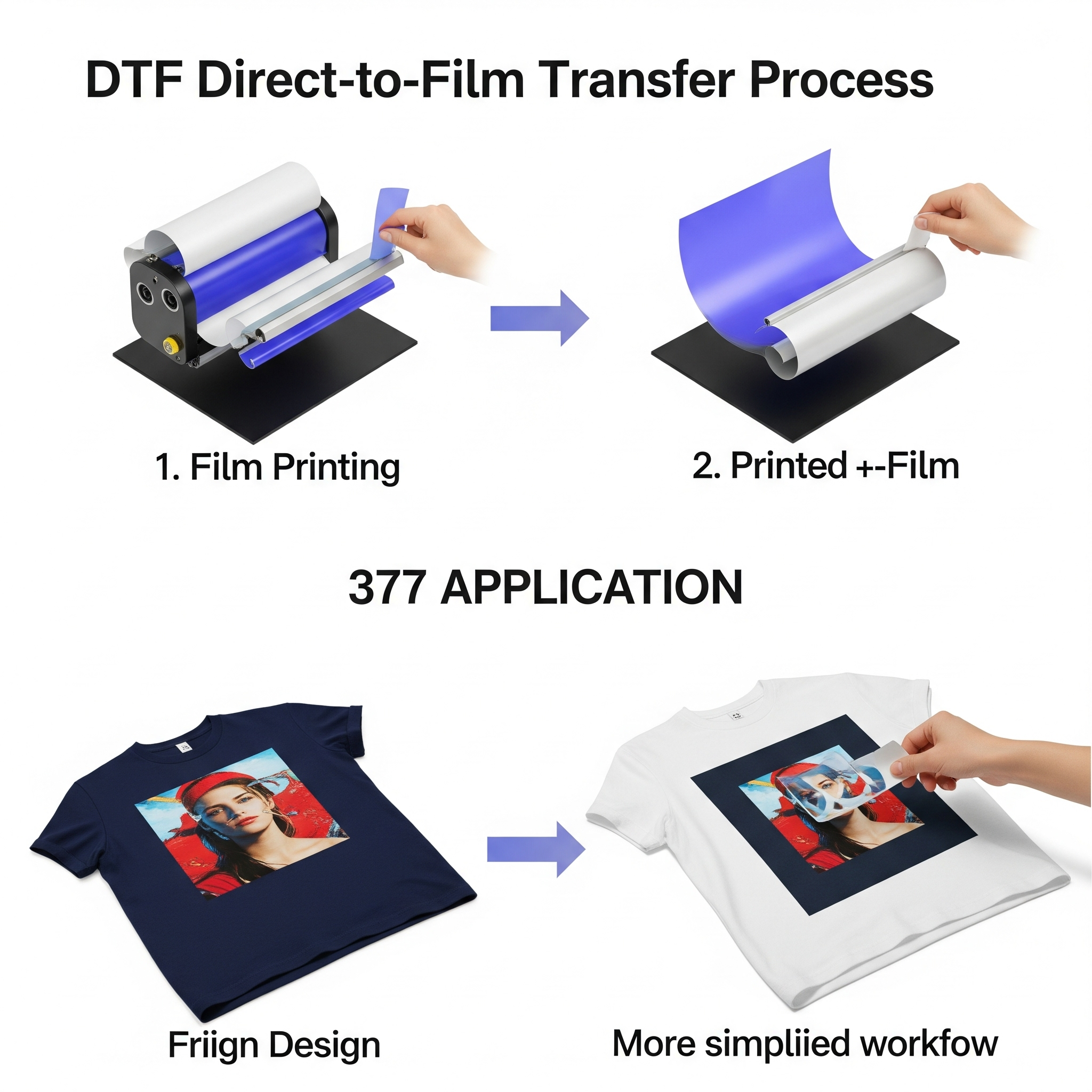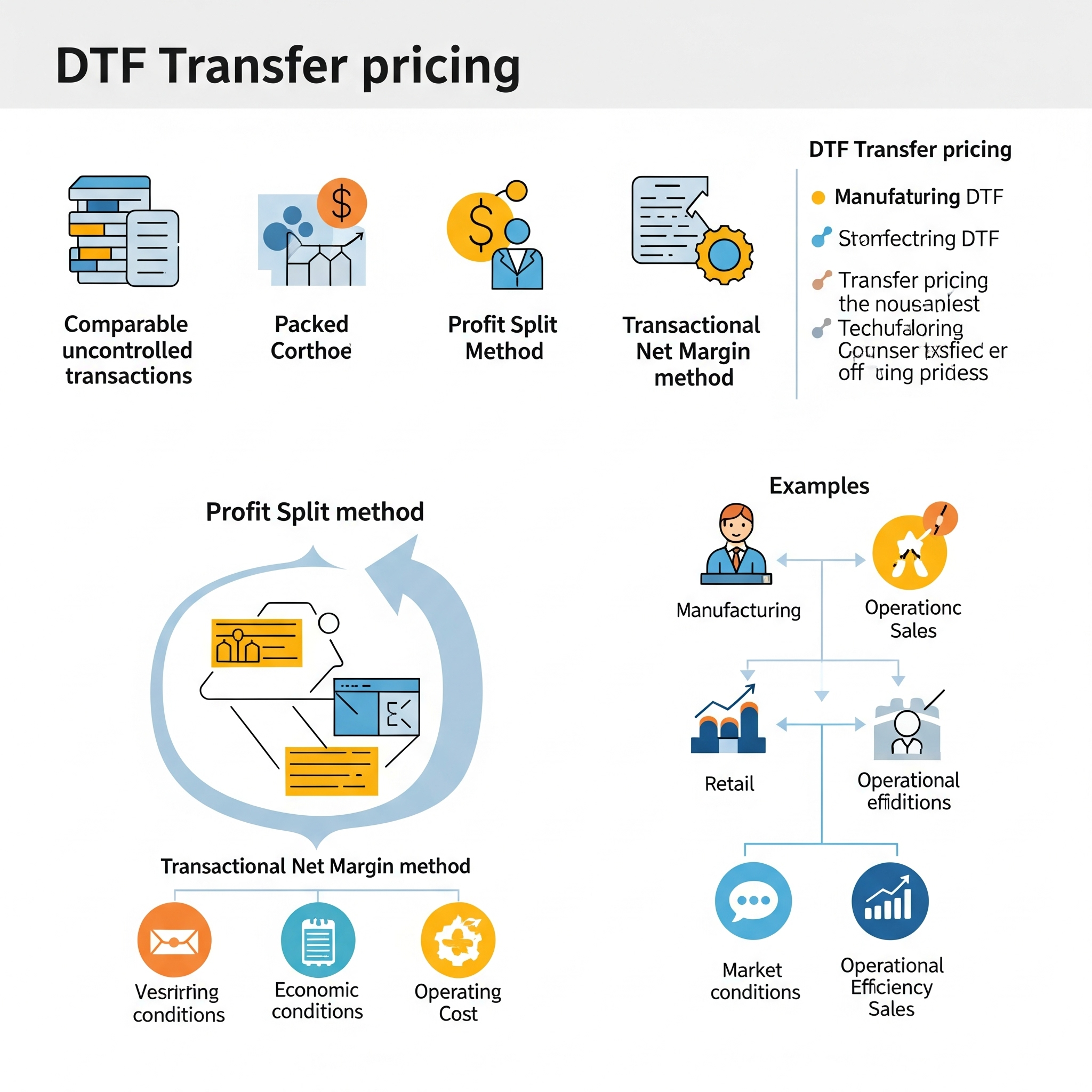How to Do DTF Transfers Printing: A Complete Guide
Direct to Film transfers printing has gained popularity among those looking to print on textiles. This printing technique involves printing directly onto a film and then transferring the film onto fabric. Moreover, How to Do DTF Transfers is a common question for those seeking vibrant colors and durability in textile printing. Below is a comprehensive guide on the process, covering the steps for creating high-quality prints.
1. Essential Equipment for DTF Transfers Printing
Firstly, to start the printing process, you will need the following basic equipment:
DTF Printer
A printer specifically designed for DTF transfers printing is necessary. These printers are capable of high-resolution printing and are compatible with special inks.
Film
Transfer films are specially coated for ink adhesion and are generally heat-resistant.
White Ink Circulation System
Since white ink can settle, a printer with a white ink circulation system is essential.
Special Inks
Specially formulated inks should be used, as standard inks aren’t suitable for this process.
Powder Adhesive
This adhesive powder allows the transfer to bond effectively with fabric.
Heat Press
A heat press machine is necessary to apply the pressure and heat required to transfer the film to fabric.
Printing Process
The process of how to make DTF transfers involves several critical steps, each of which must be followed carefully to ensure high-quality results.
1: Preparing the Design
To begin, start by preparing your design in software like Photoshop or Illustrator. Pay attention to color details and resolution, as high-resolution designs yield better print quality.
2: Printing onto Film
Once your printer is ready, begin printing your design directly onto the film. In this stage, applying the correct amount of white ink is essential to enhance color vibrancy on the fabric.
3: Applying Adhesive Powder
After printing, evenly sprinkle adhesive powder across the film. This powder is vital as it bonds the design to the fabric. Ensure the adhesive covers the entire print surface and allow it to set.
4: Curing the Film
After applying the adhesive powder, cure the film using a curing machine or heat gun. This step ensures that the adhesive fully cures, creating a strong bond between the ink and adhesive.
5: Transferring to Fabric
Once cured, transfer the design onto the fabric. Use a heat press to place the film onto the fabric, setting the press to 160-180°C and applying pressure for 15-20 seconds. Accurate temperature and time settings are key.
6: Cooling and Peeling
Allow the fabric to cool after pressing. Peel the film off once it’s cool to ensure a smooth transfer with vibrant colors.
7: Final Pressing for Added Durability
For extra durability, press the fabric with the print once more. This last step enhances durability and ensures a professional finish with excellent results.
3. Advantages of DTF Transfers Printing
Vibrant Colors
This method is ideal for achieving bright, vibrant colors. In particular, the white ink layer adds color depth and sharpness.
Durability
DTF transfers are highly durable, resistant to washing and wear, making them perfect for textiles.
Versatility
This method can be applied to various fabrics, including cotton, polyester, and wool.
Cost-Effective
Compared to other printing methods, it is economical and efficient.
4. Potential Challenges in Printing
Equipment Costs
Although it’s a powerful method, initial equipment costs can be high, as specialized devices are required.
White Ink Requirement
This technique requires white ink, which can be costly and needs constant circulation.
Precision in Application
Some stages, particularly adhesive application and transfer, require careful handling to ensure high-quality results.
5. Common Issues in How to Make Transfers and Solutions
Incomplete Transfer
One common issue is incomplete transfer, which often results from incorrect heat press settings. To avoid this problem, ensure that the temperature and duration are set correctly; otherwise, the transfer may not adhere fully.
Color Fading
Additionally, using high-quality inks is crucial to minimize color fading. High-quality inks help maintain vibrant prints over time, whereas lower-quality inks may lead to dull colors.
Adhesive Issues
Finally, uneven adhesive powder application can lead to poor adhesion. Be sure to apply adhesive powder evenly across the film to ensure proper bonding.
Conclusion
DTF transfers printing is a powerful solution in the textile industry. By following the steps outlined here, you can create durable, vibrant, and professional-quality prints on fabric. Thus, this method is particularly beneficial for producing t-shirts, sweatshirts, and bags, adding value to your brand through high-quality transfer printing.









